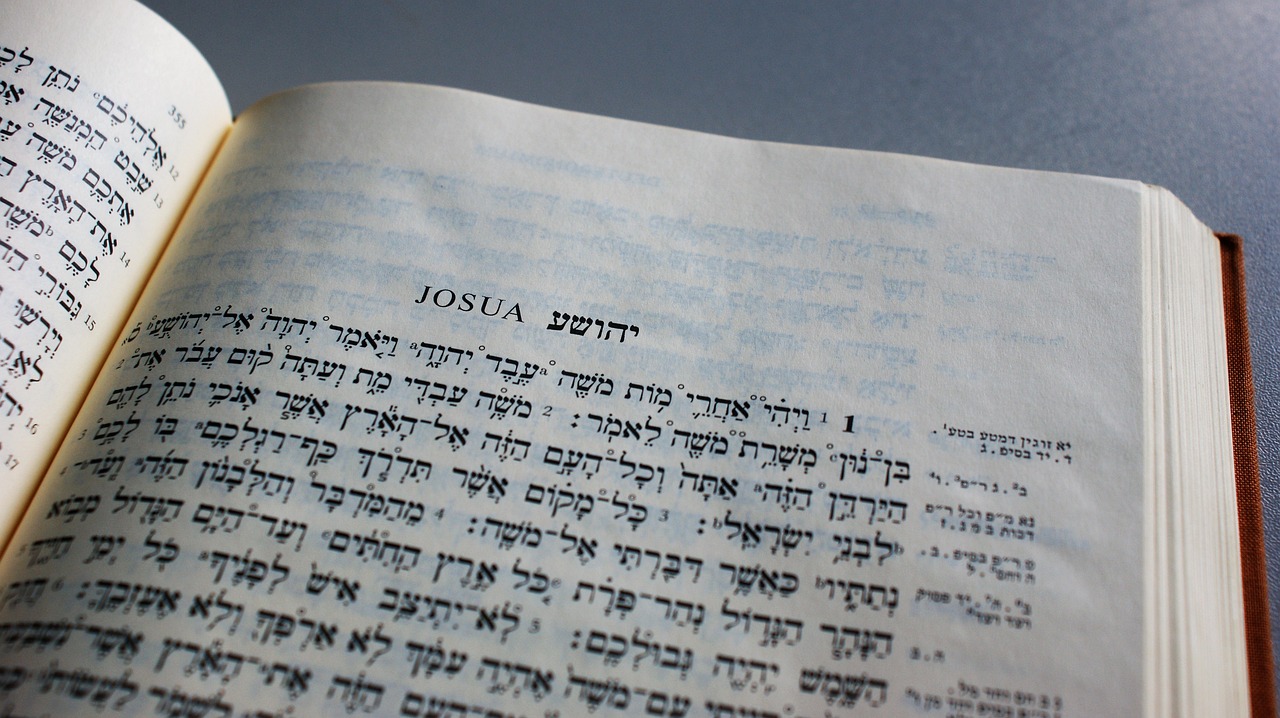One of the most notable aspects of the Hebrew-English Bible is its unique approach to translating ancient texts. Unlike other modern translations, the Hebrew English Bible uses a method called “verbal equivalence” to ensure that both cultures are accurately represented. This means that rather than converting words from one language into their literal equivalents in another, and the translators sought to retain the nuances of each language. This approach allows readers to gain insight into both cultures and colloquialisms, which can often be lost in other translations.
The Hebrew English Bible is a joint project between the Jewish Publication Society (JPS) and the British and Foreign Bible Society (BFBS). It was first published in 1917 and has gone through several editions since then. In addition to the traditional Masoretic text, which is based on the medieval tradition of Hebrew Bible scholars, the Bible includes other ancient texts such as the Samaritan Pentateuch and Targums (Aramaic translations).
Jews and Christians
 The Hebrew-English Bible was designed with both Jews and Christians in mind. It provides an unparalleled opportunity for both faiths to gain a deeper understanding of the Hebrew texts that form the foundation of their beliefs. Although some verses have been adapted or reworded, the translators did their best to stay true to the original language and meaning of each text.
The Hebrew-English Bible was designed with both Jews and Christians in mind. It provides an unparalleled opportunity for both faiths to gain a deeper understanding of the Hebrew texts that form the foundation of their beliefs. Although some verses have been adapted or reworded, the translators did their best to stay true to the original language and meaning of each text.
Unique Approach to Translation
In addition to its unique approach to translation, the Hebrew-English Bible also offers a wide range of useful study tools. For example, the text is accompanied …
